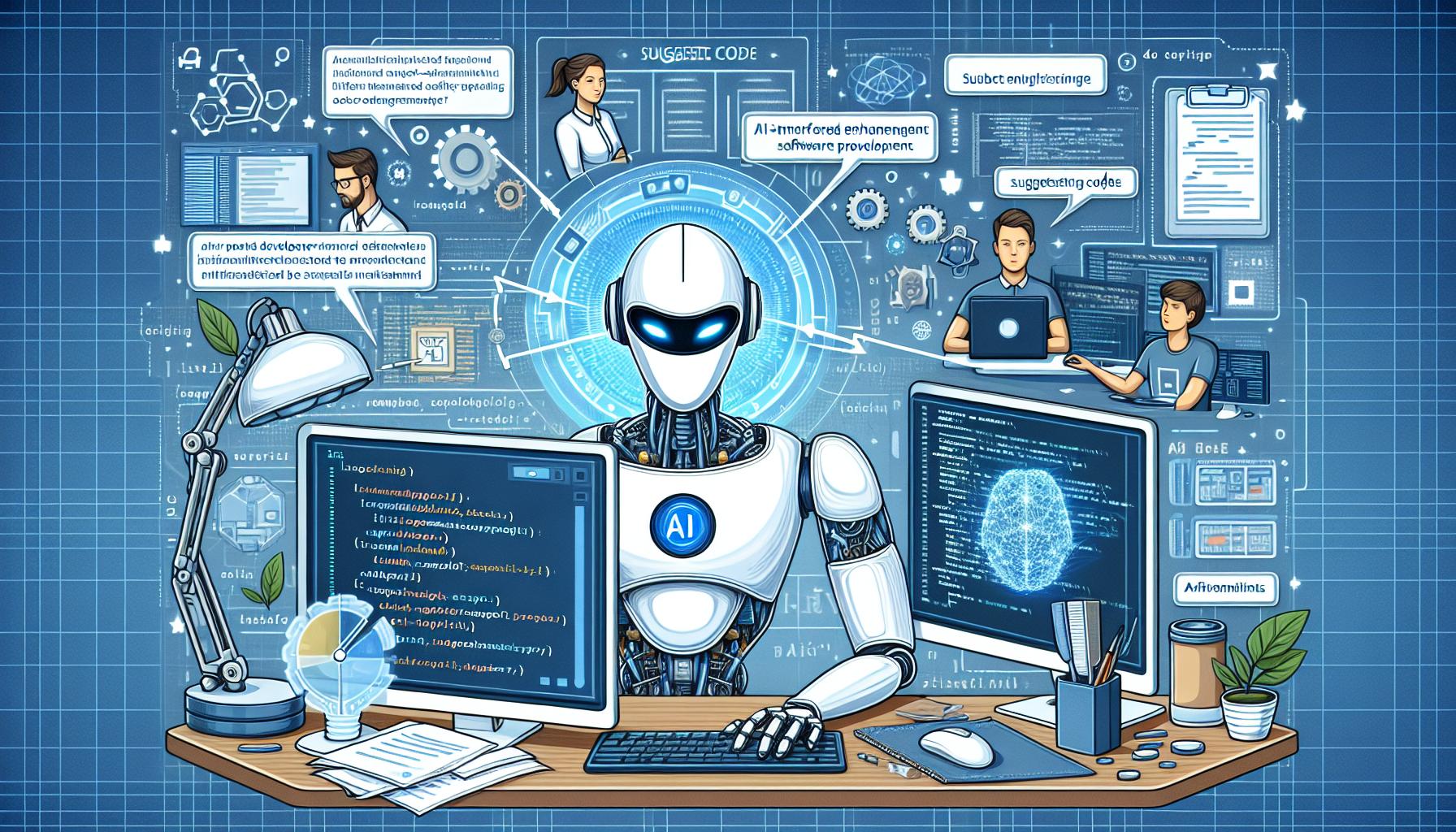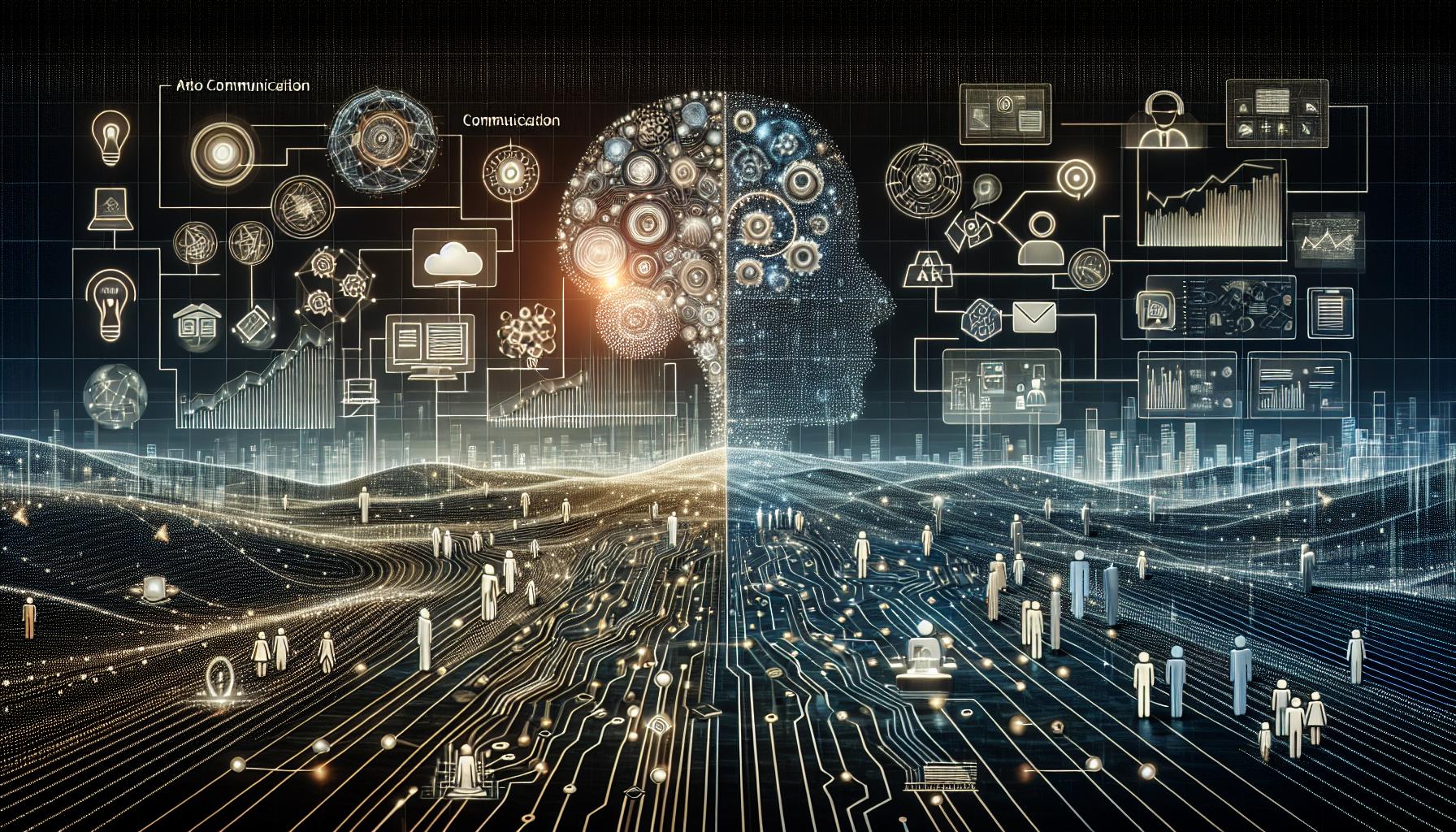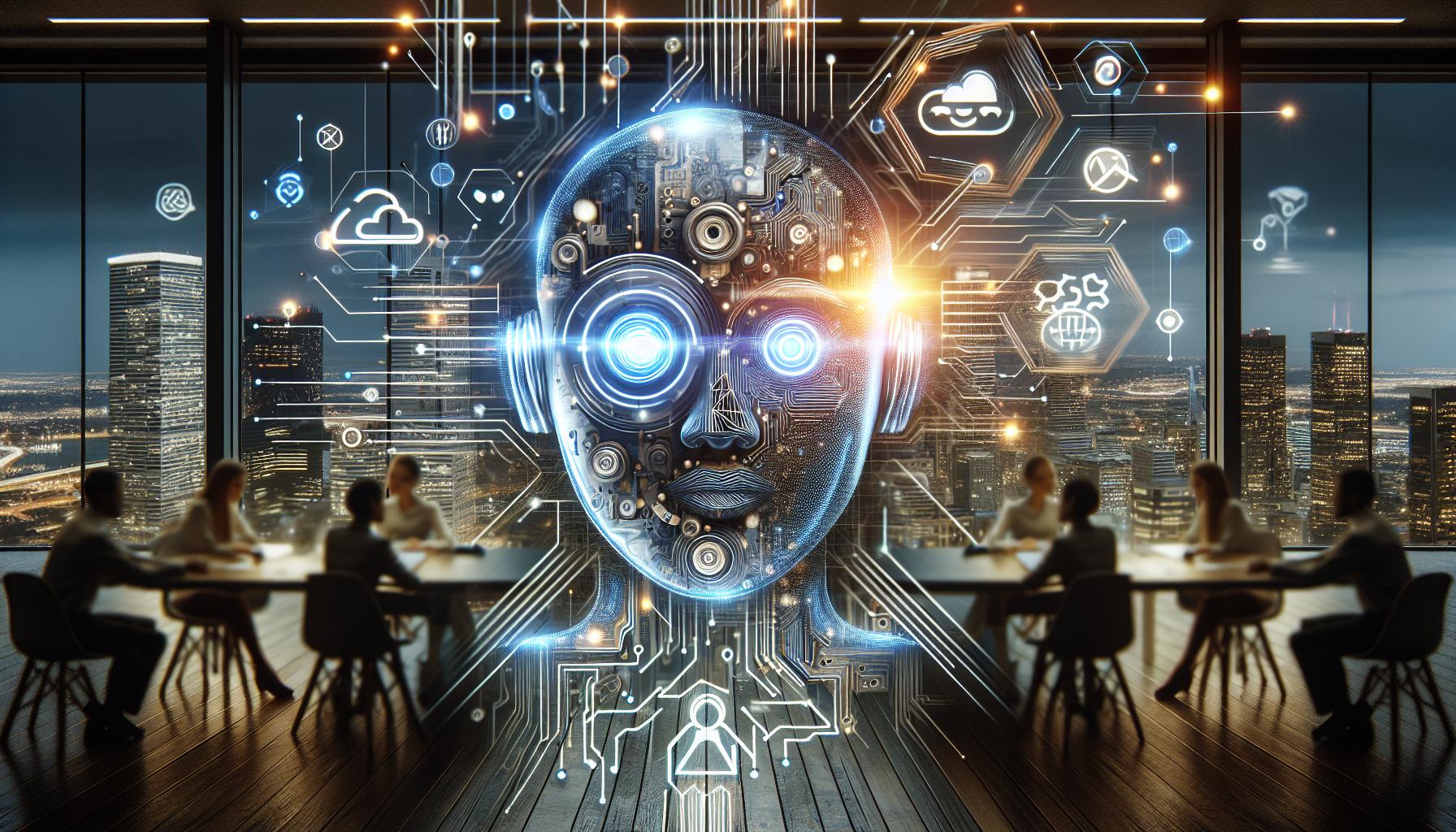Google's Transformative AI-Powered Enhancements in Software Development

Introduction
In the rapidly evolving landscape of software development, Artificial Intelligence (AI) has emerged as a pivotal tool, ushering in an era of unprecedented productivity and efficiency. Google, a forerunner in technological innovations, has significantly enhanced its internal software development processes by integrating sophisticated AI-powered tools. This blog delves into Google's journey of incorporating A.I. into their development tools, the challenges encountered, the strategies deployed to ensure high-quality data for A.I. training, and the future A.I. applications they plan to introduce.
Evolution of A.I. in Google's Development Tools
The integration of A.I. into Google's software development workflow has been a gradual yet transformative journey. Initially, Google introduced elementary A.I. features such as code completion and automated code reviews, which helped streamline the coding process. Over time, more advanced tools, including mechanisms for resolving code review comments and predicting build failures, were introduced. As of today, AI-assisted coding forms a substantial segment of Google's development process, with AI-generated code accounting for approximately 50% of the characters written and enjoying a 37% acceptance rate among developers.
Shifting Sentiments: From Skepticism to Acceptance
In 2019, the prevalent sentiment among developers was that A.I. had limited utility in their day-to-day tasks. Fast forward to recent years, and the scenario has dramatically shifted. The integration of A.I. tools has profoundly transformed the coding landscape, enabling developers to focus more on creative and complex aspects of software creation rather than routine and repetitive tasks. This shift underscores AI's growing role in enhancing efficiency and productivity in software development.
Challenges Faced During A.I. Integration
Despite the impressive strides made, Google faced several challenges when integrating A.I. into their software development tools:
- Resistance to Change: The initial skepticism among developers posed a significant hurdle. Convincing developers to adopt A.I. tools required demonstrating the tangible benefits and improving the tools' intuitiveness and integration with existing workflows.
- Data Quality Concerns: Ensuring the availability of high-quality data to train A.I. models was crucial. Inaccuracies or biases in the data could lead to suboptimal A.I. performance, affecting developers' trust in the tools.
- Technical Complexities: Implementing A.I. solutions that could seamlessly integrate into the existing development infrastructure posed technical challenges, necessitating a meticulous approach to ensure smooth functionality and user experience.
Ensuring High-Quality Data for A.I. Training
High-quality data is the cornerstone of effective A.I. model training. Google employed several strategies to ensure the A.I. models were trained with reliable and accurate data:
- Data Collection and Cleaning: Comprehensive data collection and cleaning processes were implemented to eliminate inaccuracies and biases. This involved sourcing data from various stages of the development process and refining it to ensure consistency and relevance.
- Continuous Feedback Loop: A continuous feedback loop from developers using the A.I. tools was established. This enabled the identification of any anomalies or areas for improvement in real-time, facilitating immediate rectifications and updates to the A.I. models.
- Expert Annotations: Leveraging expert annotations helped in fine-tuning the A.I. models. Experienced developers provided insights and corrections, ensuring the A.I. tools aligned with best coding practices and standards.
Future A.I. Features in Google's Development Process
Google's commitment to leveraging A.I. for enhancing software development processes is unwavering. Several additional A.I. features are on the horizon:
- Advanced Bug Detection: Future A.I. tools will focus on more sophisticated bug detection mechanisms, enabling the identification and resolution of complex issues earlier in the development cycle.
- Enhanced Predictive Analysis: A.I. will be used to provide more robust predictive analytics, offering insights into potential future issues and suggesting preemptive measures to mitigate risks.
- Intelligent Code Suggestions: A.I. tools will become even more intuitive, offering context-aware code suggestions that align with the specific project requirements and development objectives.
- Automated Testing: AI-driven automated testing tools will help streamline the testing process, ensuring comprehensive coverage and faster feedback loops for developers.
Conclusion
Google's journey in integrating A.I. into their software development tools offers valuable insights into the transformative potential of A.I. in enhancing efficiency and productivity. The natural integration of A.I. tools, coupled with high-quality data and process optimization, has revolutionized the development landscape. As A.I. continues to evolve, its role in shaping the future of software development becomes increasingly inevitable, promising even more innovative and efficient solutions in the years to come.




